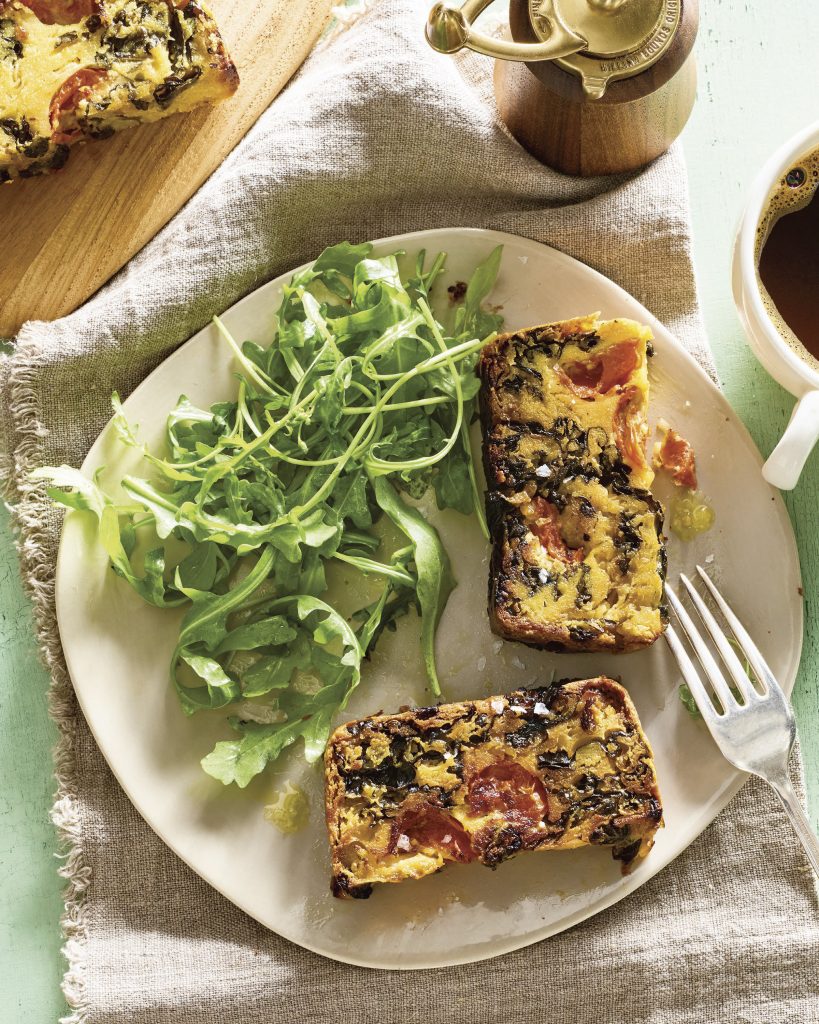
When I had young kids, a lot of activities fell off the priority list — happy hour drinks with coworkers, catching the newest Wes Anderson movie in the theater, general self-care — but I was determined to continue having people over for dinner. For whatever reason, it was the kind of activity that reliably brought me joy and connection, not just with friends and the community but with my old pre-mom self. As a result, I was always in search of easy, no-stress menus for entertaining, and the words “make-ahead” generated the same kind of endorphin rush that, say, “sample sale” once had. And I managed to land on a menu strategy that seemed to work. As I wrote ten years ago in Dinner: A Love Story:
One strategy I fall back on when I’m menu planning for dinner guests is to “Cook a Signature,” i.e….a much-heralded recipe that has been developed by one of the Greats (Julia, Jacques, Marcella), a time-tested, guaranteed showstopper that has already been ingested and enjoyed in millions of homes before yours, sometimes even on holidays and special occasions. They’re sophisticated. They’re special. They’re classic. They say, “I know something about food.” Of course, you still have to cook it…but there’s a lot less stress involved when you know you’re going with a sure thing.
There’s another way to say Sure Thing these days. Kristen Miglore has been writing Food52’s “Genius Recipe” column for over a decade, devoted to this very concept of the tried-and-true, and has just come out with her third collection in cookbook form: Simply Genius. I like it more than the first two — and not just because Our Pork Ragu is in there! — but because she focuses on iconic, dependable recipes that teach. As Food52 founder Amanda Hesser writes in the introduction, “a genius recipe is one that changes the way you cook, and one you’ll want to cook for the rest of your life.” And unlike the kinds of signature meat-based meals I used to rely on a decade ago (Julia Child’s Coq au Vin, Marcella Hazan’s Bolognese, Nobu’s Miso-Glazed Black Cod) there are tons of vegetarian, 21st-century feeling recipes in this book, like Go Get Em Tiger Ria Dolly Barbosa’s Soccata with Tomatoes and Kale, which uses hydrated chickpea flour instead of eggs to create a custard-like quiche. As the recipe headnote says “This is the rare recipe where it really doesn’t matter if your brunch crew is vegan, omnivore, or anything in between.” Also, it’s mostly make-ahead! A descriptor that still warms my heart all these years later! I think those of you who are more in the brunch party lane than the dinner party lane will especially appreciate it.
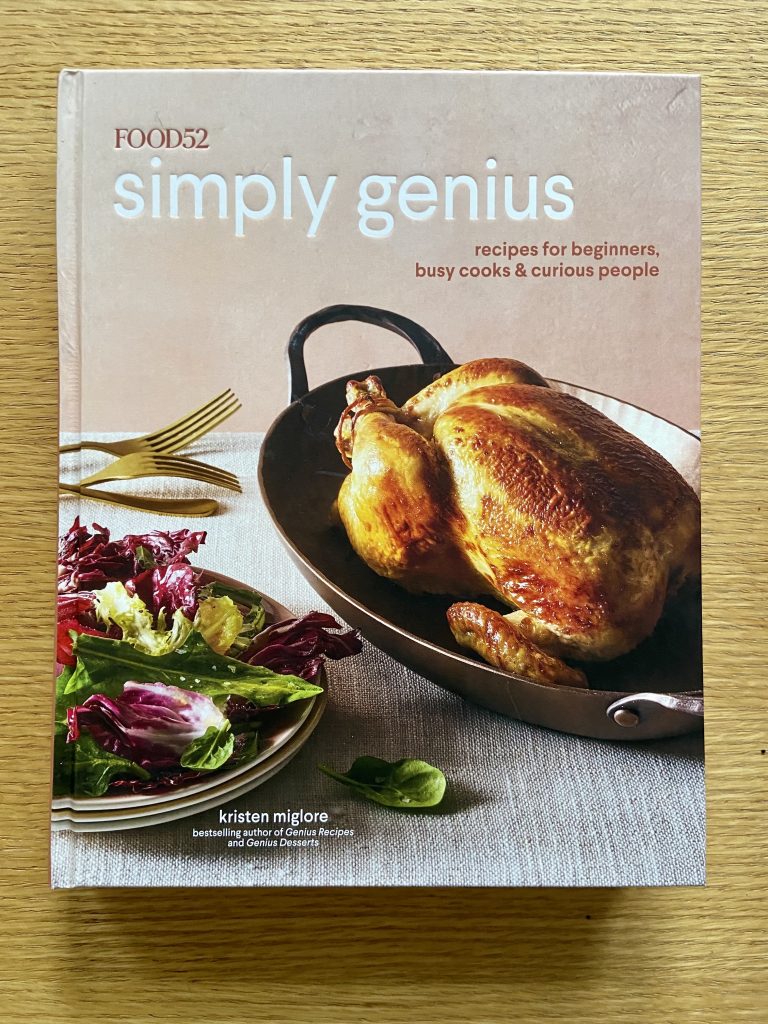
Chickpea Soccata with Tomatoes & Kale
Serve 4-6
Olive oil or nonstick cooking spray
3/4 cup extra-virgin olive oil, divided
6 medium or 3 large shallots, thinly sliced
1 1/4 teaspoons fine sea salt, plus more to taste
1 bunch Tuscan kale, stems removed and leaves cut into 1-inch pieces
1 pint cherry tomatoes, sliced in half
Freshly ground black pepper
1 1/2 cups chickpea flour
1 3/4 cups water
The night before, get ready to bake: Heat the oven to 350°F with a rack in the center. Coat the inside of a 9 by 5-inch loaf pan with olive oil or nonstick cooking spray. Line the pan with a parchment paper sling, so that the paper extends slightly up over the long sides of the pan (this will make the soccata easier to lift out. Oil the parchment.
Cook the vegetables: Heat 2 tablespoons of the olive oil in a large skillet over medium-low heat. Add the shallots and a pinch of salt and cook, stirring often with a wooden spoon, until soft and golden, 7 to 9 minutes. Turn up the heat to medium and add the kale and a pinch of salt. Cook, stirring often, until wilted, 2 to 3 minutes. Slide the pan to a cool burner (turn off the hot one), add the tomatoes, a pinch of salt, and a few grinds of pepper and stir until evenly mixed. Taste and adjust the salt and pepper to taste—it should be pleasantly salty. Scrape into the prepared loaf pan and spread evenly.
Make the batter: In a large bowl, whisk the chickpea flour and 11/4 teaspoons fine sea salt. Add 1/2 cup of the olive oil and whisk to combine. Add the water, 1/4 cup at a time, whisking well after each addition to smooth out the mix—it will look like pancake batter. Slowly pour the batter into the pan over the vegetables. Tap the pan on the counter to pop any air bubbles, then cover tightly with foil.
Bake the soccata: Bake until set, about 1 hour—a table knife inserted in the center should come away with no liquid batter on the blade. With oven mitts, uncover the pan (save the foil) and bake until the top is golden brown in spots, another 15 to 20 minutes. Cool in the pan on a wire rack or cool stove burner until just warm, then cover tightly with the same foil and refrigerate overnight to set.
In the morning, slice, crisp, and eat: When you’re ready to eat, using the parchment sling, lift the loaf onto aa cutting board, and, with a chef’s knife, slice off as many 1-inch thick slices as you’d like to serve. Heat the remaining 2 tablespoons olive oil in a large nonstick skillet over medium-high heat. When the oil shimmers, use a wide (not metal) spatula to add the slices, spacing them apart (you may need to do this in a couple of batches or use more than one skillet). Cook, flipping once, until browned and crisp on both sides, about 5 minutes total. Serve hot.
Photos by James Ransom.
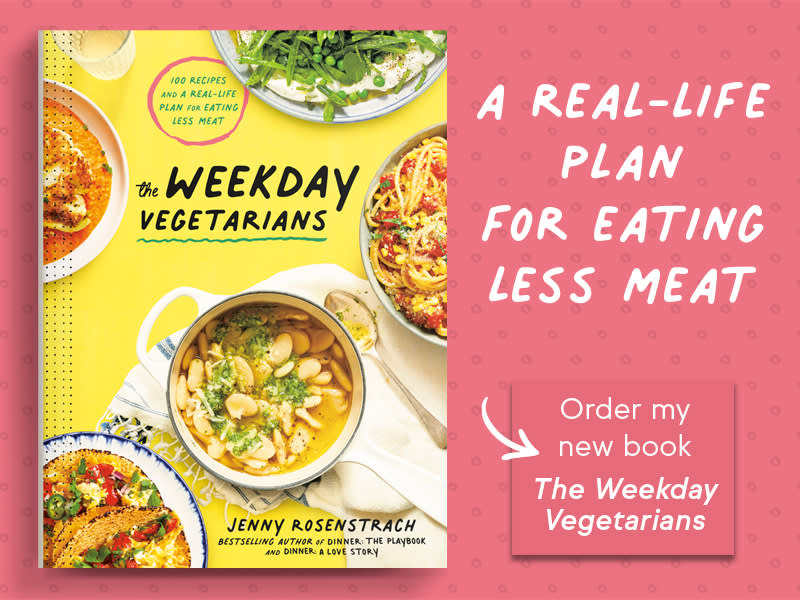
P.S. For simple dinner recipes, check out my New York Times bestselling book The Weekday Vegetarians. Reminder: All the fun stuff these days happens in the Dinner: A Love Story newsletter on Substack, which is consistently in the Top 10 most-read food newsletters on the entire platform. You can subscribe here.

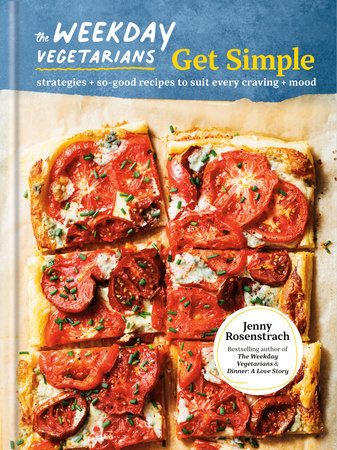
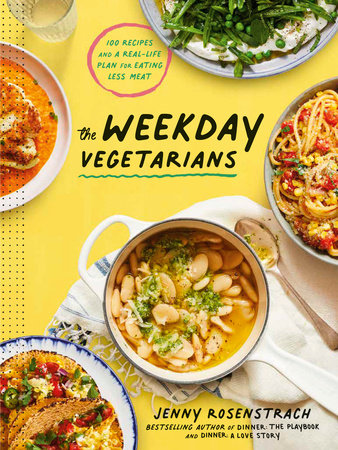
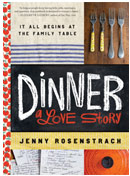
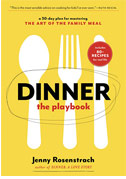


So this will be thicker than the pizza crust-like socca typically seen around, right? Kale isn’t really my favorite vegetable. Any other veggie recommendations?